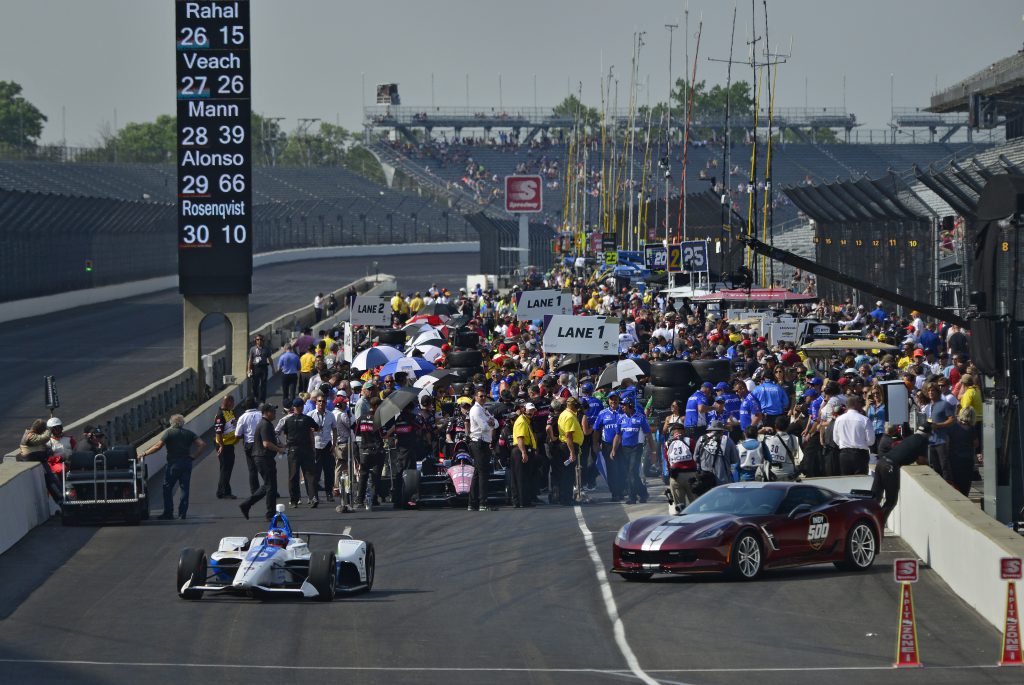There’s not many more daunting events to come to for the first time than the Indianapolis 500.
There’s the overwhelming pressure placed on you at this one event, considered by many to be far more important than winning the IndyCar title itself.
There’s all the media appearances and extensive practice time, and when you finally get out on track, you have to manage your car’s performance in traffic, which is hopefully how it was in practice, otherwise you’ve got work to do. You also need caution flags to fall in your favour so as to not give another driver the jump through strategy.
If, and that’s a big if, you nail all of that, you might just become only the fourth rookie since 1966 to win the Indianapolis 500. Even that year’s a bit dodgy as Graham Hill had at least attempted to qualify before.
However, any of those things aren’t going to be possible if you haven’t prepared properly, and played out every scenario with someone far more experienced than yourself first.
The Race gets key insight from drivers for the complete guide to being a rookie at Indy.
The ‘true’ rookie’s view
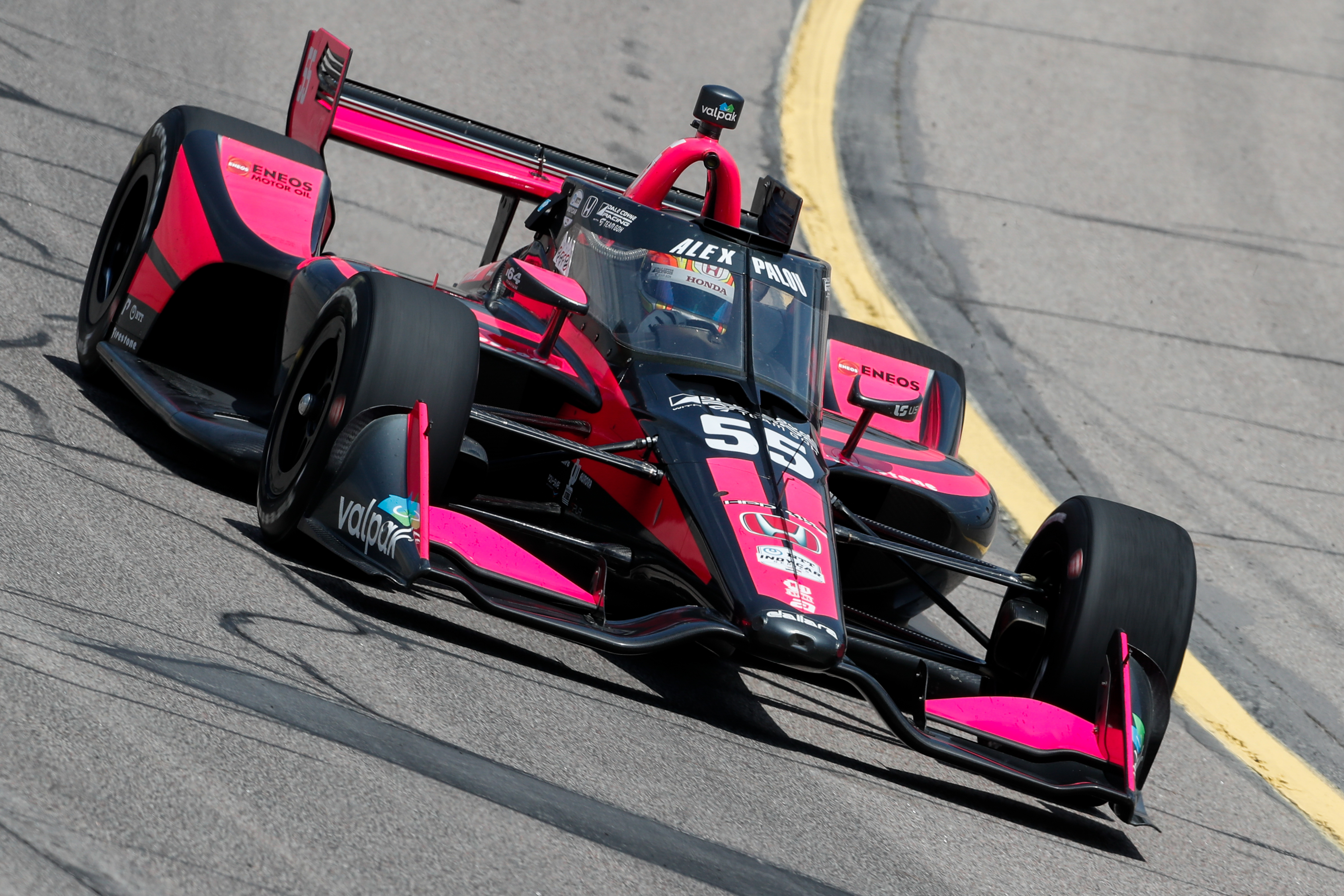 Alex Palou came over to IndyCar early in what was a long-term plan. Having plied his trade in Europe, the Spaniard wanted to become a professional driver and moved to Japan in search of a seat that could allow him to impress Honda.
Alex Palou came over to IndyCar early in what was a long-term plan. Having plied his trade in Europe, the Spaniard wanted to become a professional driver and moved to Japan in search of a seat that could allow him to impress Honda.
It worked and in Super Formula, one of the most respectable single-seater championships outside of F1, and one of the fastest, he fought for the title in his first season and earned an audition with Dale Coyne Racing, yielding a seat in the team for 2020.
However, expecting this transition to take years, Palou hadn’t bagged any oval experience, unlike his fellow rookies Oliver Askew, Rinus Veekay and Dalton Kellett – who have all raced the Indy oval in their junior careers, along with many other ovals.
There’s not been many positives for the teams in the year of the coronavirus. On the contrary, many of them are fighting for survival.
However, a place you can highlight is the fact that for the first time since 2008, rookies have had three oval races already before the Indianapolis 500 to prepare due to the pandemic’s interference with the calendar. That means Palou has gained some of the basic race craft needed and learned about strategy already. Many of the accompanying fan and media events have been cancelled, which will allow the drivers to focus and provide less pressure for the rookies like Palou.
What else can a rookie do to prepare? The long straights mean drivers get a good rest, so in terms of physical training, it’s not the hardest event to prepare for physically on the calendar. A bit more neck work than usual to cope with the added g-force, but nothing major. The fact the drivers were expecting Mid-Ohio – already one of the most taxing races on the calendar before they made it a double-header and then cancelled it – means they should all be in better shape than usual.
In the world of modern technology, data is king and drivers have more access to it than ever. Palou loves it, but cautions that as a rookie, it can be dangerous.
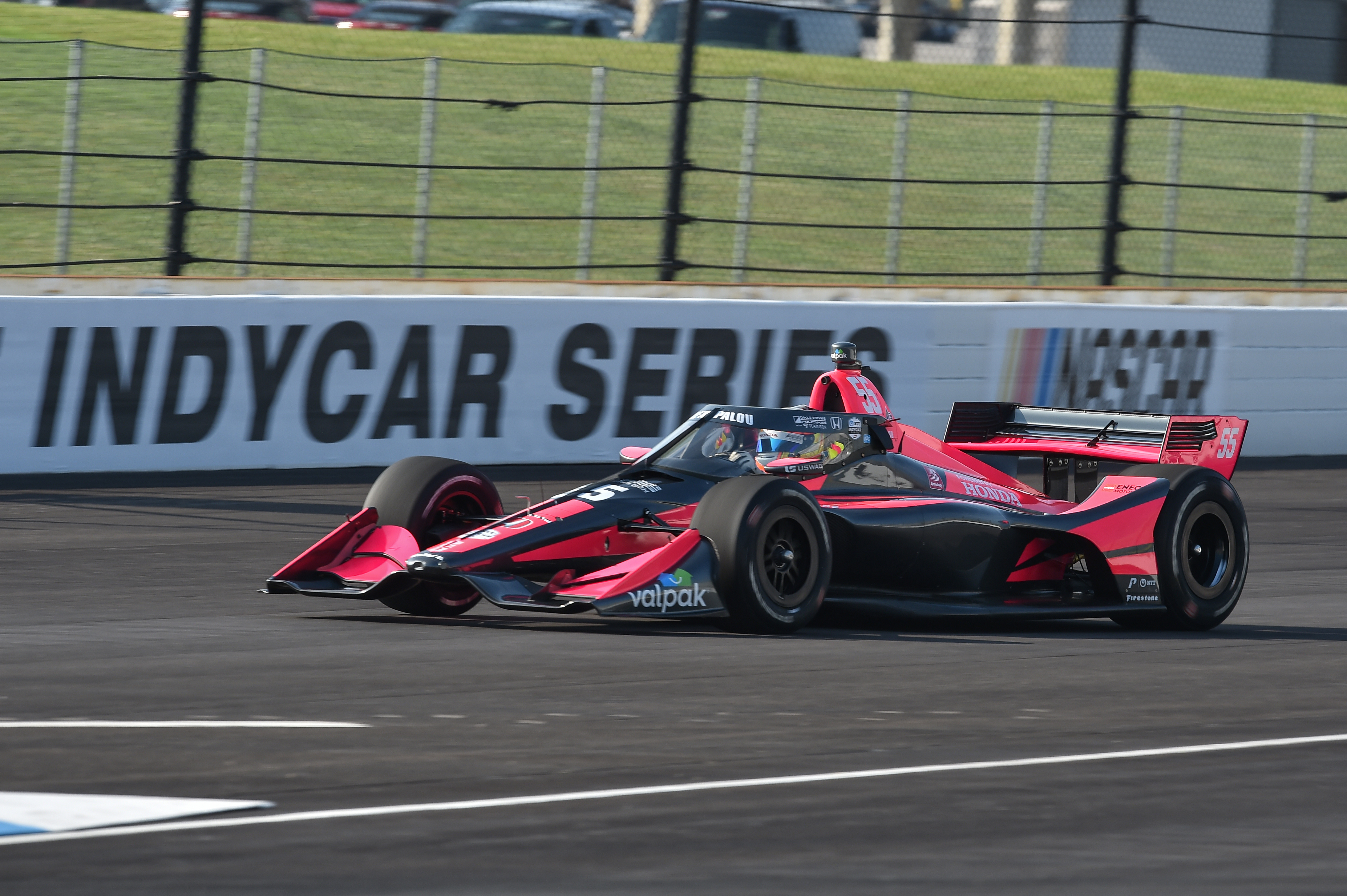
“Sometimes you can go around in circles with data and get confused,” he tells The Race. “But actually I love watching as much data and as much info as I can get, just because that’s gonna help me for sure.
“The only thing is, for Indy, it’s not like a road course. I’ve never done it, so I don’t really know what do I need to look for.
“For sure, data is not so important for qualifying let’s say, just because it’s flat during four laps. So it’s like ‘okay, what should I look for?!’ It’s not like a road course where you see, ‘oh yeah, this guy’s braking 90 bars brake pressure first corner’. Here the driver is just turning the wheel and that’s it.
“But in the cockpit, there’s a lot of things happening with the weight jackers, the bars, and that’s the thing you have to look at. But that’s what I mean – at an oval, I don’t really have the experience to really go and search for the things I need.”
One thing you can do is get a good mentor, and Palou has two. Roger Yasukawa is his spotter and guide, having started six Indy 500s himself. Palou also sought out arguably one of the best Indy 500 rookies of all time for some advice, someone Chip Ganassi Racing’s Mike Hull told The Race was one of the most natural drivers he’d ever seen around the brickyard.
“For driving stuff I spoke a bit with Montoya, JP [Juan Pablo],” says Palou. “He won that race so for sure he’s a good coach for that. He won in his rookie year so maybe his input can give me the things I need for my rookie year and try to win it as well. You never know.
“I’m looking forward. I think I have as much information as I can have, I just need to go there and see what it’s all about.”
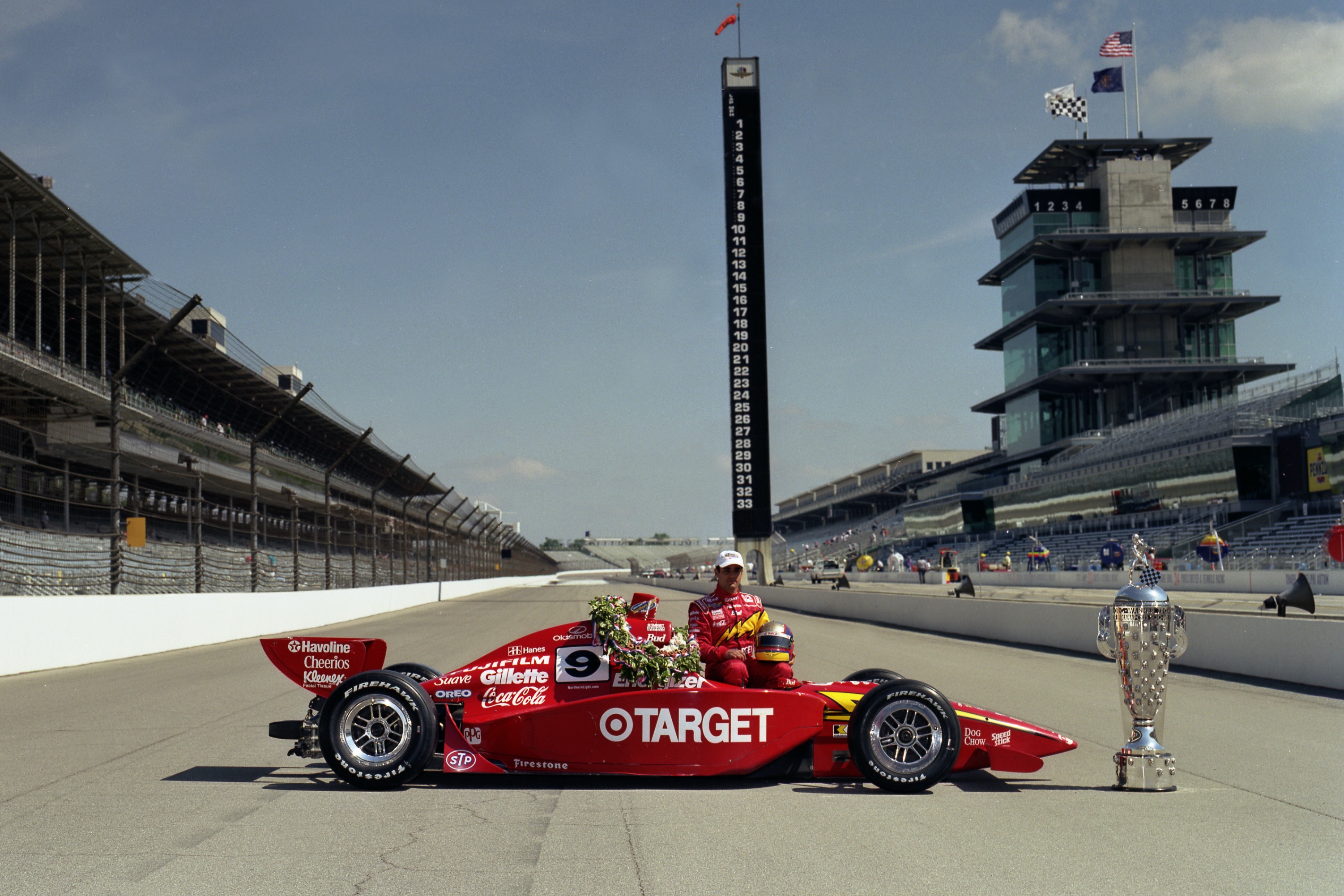
Part of that information gathering for Palou has involved watching old video. While he doesn’t really know what to look for in terms of data yet, he can at least get familiar with some of the recent 500s there and learn from them.
“It’s a lot about having a good strategy and good timing,” adds Palou. “I’ve been watching lots of races from the past years, which normally I do, but I do from the last year maybe to see the strategy about tyres, about where you can overtake or not.
“But for Indy I have been looking at races from past five, six years just to see the way they can overtake and the way the race evolves. So I think that’s the only difference or the only extra effort you do for Indy in terms of preparation.
“Even if we don’t need information about strategies, it’s always good to know, because maybe you’re in that situation in the last stint of the race.”
The sophomore – the beauty of hindsight
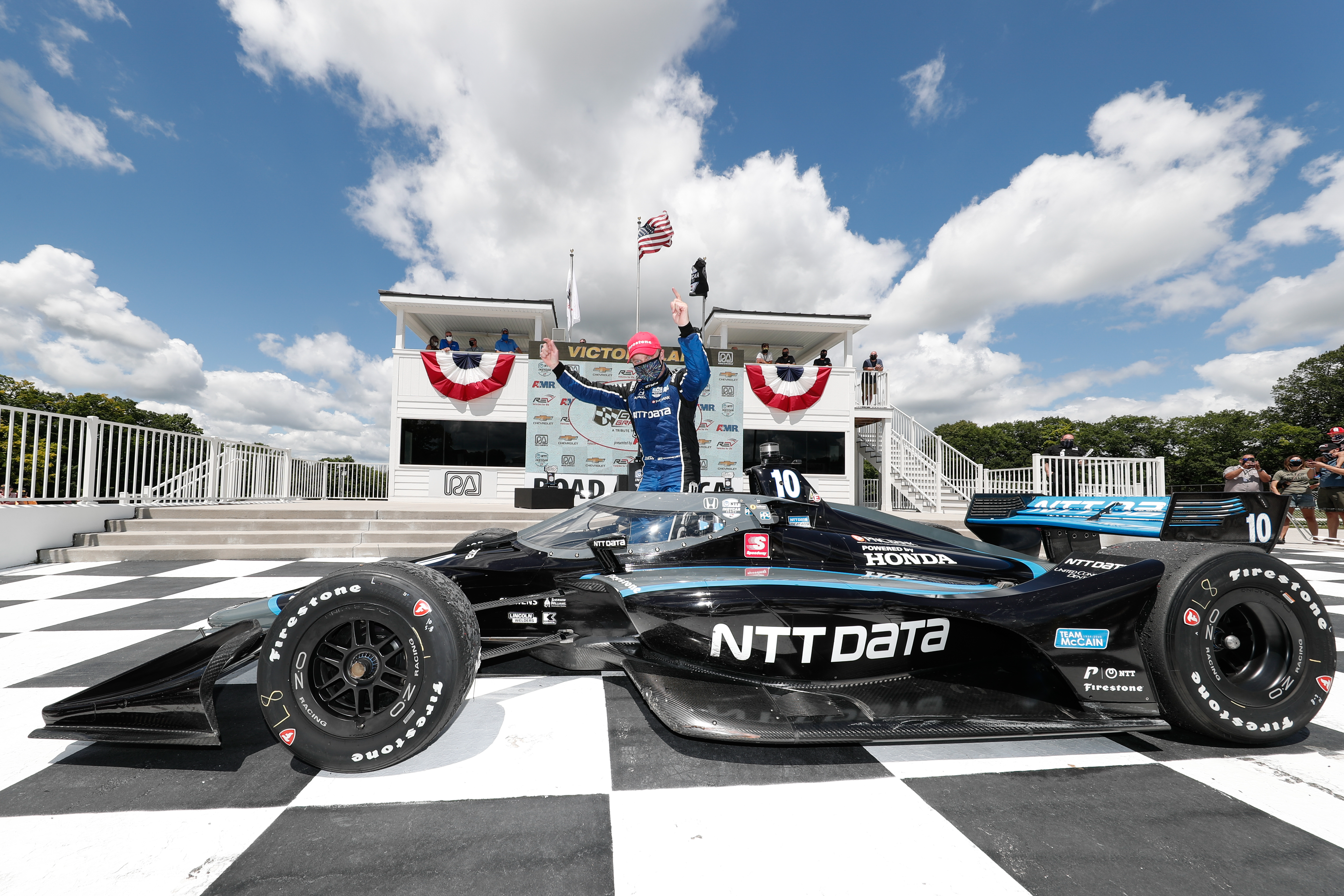
Last year’s IndyCar rookie of the year Felix Rosenqvist didn’t have the best of times in last year’s Indy 500, but the whole Ganassi oval programme wasn’t at its maximum. Fast forward to 2020 and Rosenqvist almost won at Texas and his team-mate Scott Dixon did. Rosenqvist is also on a high, having won recently at Road America, finally adding that top result after a consistent 2019 rookie year.
Rosenqvist pointed to going through the experience of the month of May as a big thing for any rookie with all the surrounding events and activities required of the drivers out of the car, as well as the sheer number of people on race day. However, none of that applies this year.
While strategy is the biggest single thing that can affect the result at Indy, you still have to have a good car to be in the position to be helped or hindered by it. If he had the chance to go back and tell past Felix Rosenqvist what to do before his first Indy 500, setting the car up properly would be top of the list.
Specifically, having a good car in qualifying and in traffic is the key. You need to qualify for the race but be able to run behind and overtake cars in the big occasion itself.
“I think the main things I take from last year to this one is just you know, the little details, how setting-up the car makes a difference,” Rosenqvist told The Race.
“To really work on getting the car good for me, with my driving style and what I need from it. That’s gonna be like 90% of it.
“In the race you’re not flat out. If you’re in the lead you’re probably doing it flat out. But if you’re any other car you’re gonna have to lift and I think this year you’re gonna have to lift more because the weight of the aeroscreen has affected us a lot this year.
“So it’s about getting a car that works well for you in traffic. There’s all kinds of styles and everyone kind of has their way of getting past other people. But effectively you need to have a good car when you want to exit Turn 2 and Turn 4, that’s when you really need to be close to the car in front.
“That’s like your bread and butter for the whole race basically. That can sort of come and go, you need to work on it during the race as well.”
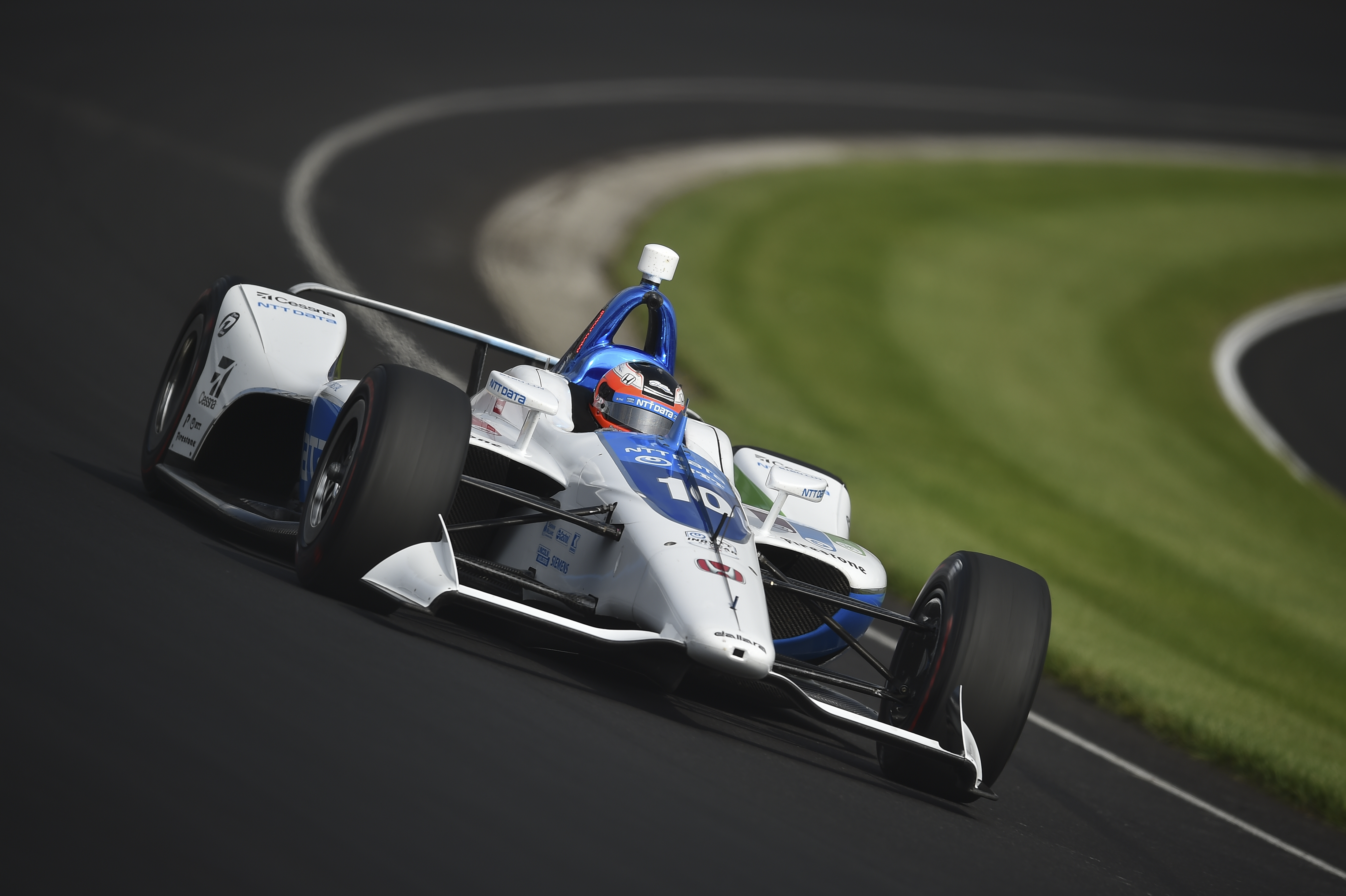
Most of that work on set-up is done in practice, so it’s vital to get up to speed quickly as a rookie so that you can get your prep work done. But as Rosenqvist points out, there’s lots of different driving styles at Indy and you need to work out what yours is and then tailor the car to it.
While when you look at the practice timetable and think ‘that’s a lot’, when you consider the previous paragraph and the work needed, it doesn’t sound like much, does it?
Having experienced and talented team-mates can help in expediting the set-up process, and all of this year’s rookies are part of three-car teams or bigger. However, if they have differing driving styles then you can get into the realm of chasing your tails again, trying to mimic their set-up.
Ultimately, when well considered, all advice is good advice. For example, VeeKay crashed twice in the Texas IndyCar opener, much to the chagrin of his team boss Ed Carpenter who will line up alongside him in this year’s event. That knowledge will be crucial and after Texas, VeeKay will know just how important it is.
The new hero – adapting from an F1 past
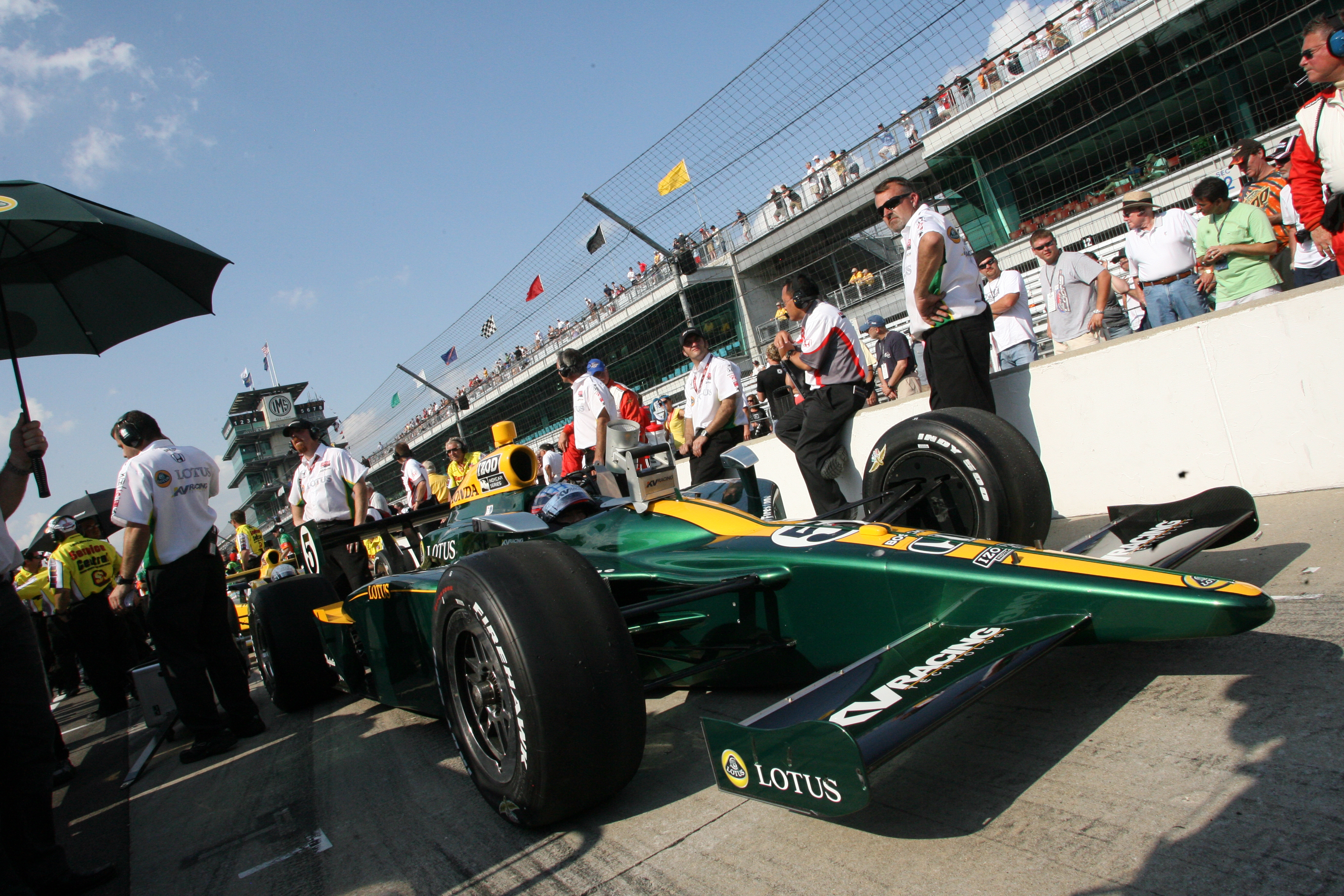 Ex-Formula 1 driver Takuma Sato has become somewhat of a cult hero since his move to IndyCar in 2010, and has competed in every Indianapolis 500 since. He had never finished in the top 12 before his famous win in 2017, which only increased his following Stateside.
Ex-Formula 1 driver Takuma Sato has become somewhat of a cult hero since his move to IndyCar in 2010, and has competed in every Indianapolis 500 since. He had never finished in the top 12 before his famous win in 2017, which only increased his following Stateside.
Unlike someone like Palou, Sato came to the Indianapolis 500 with much more experience, including an F1 podium to his name. Like Fernando Alonso in 2017, he came with a wealth of single-seater knowledge.
But that doesn’t mean there was nothing to learn when you come to Indy. Quite the opposite, in fact.
The big thing for Sato was the small matter of respect. Respecting a driver’s line, not cutting them up, allowing room and generally just being a bit more forgiving in wheel-to-wheel combat.
A clash of wheels on a road course in a braking zone or at low speed, and you’ll likely get away with that in IndyCar. Bang wheels in the corners at Indy and you can have an aeroplane accident, or at best return from a race you’ve been planning for months injured mentally rather than physically.
“When I came to the U.S. already experienced a lot in Europe, as you know. I was just clean sheet of paper, ready to absorb any new challenge. It worked,” said Sato when asked by The Race.
“Talking about road course and street courses, it’s very similar to the European racing. OK, strategy was different. But pretty much you’re adapting very quickly.
“Ovals are different, of course. Still you took the wheel, same driving style basically.
“How you respect other people’s lines, don’t cut other people’s line. I think there needs to be more attention on that, more respect for the other people. You just don’t realise.”
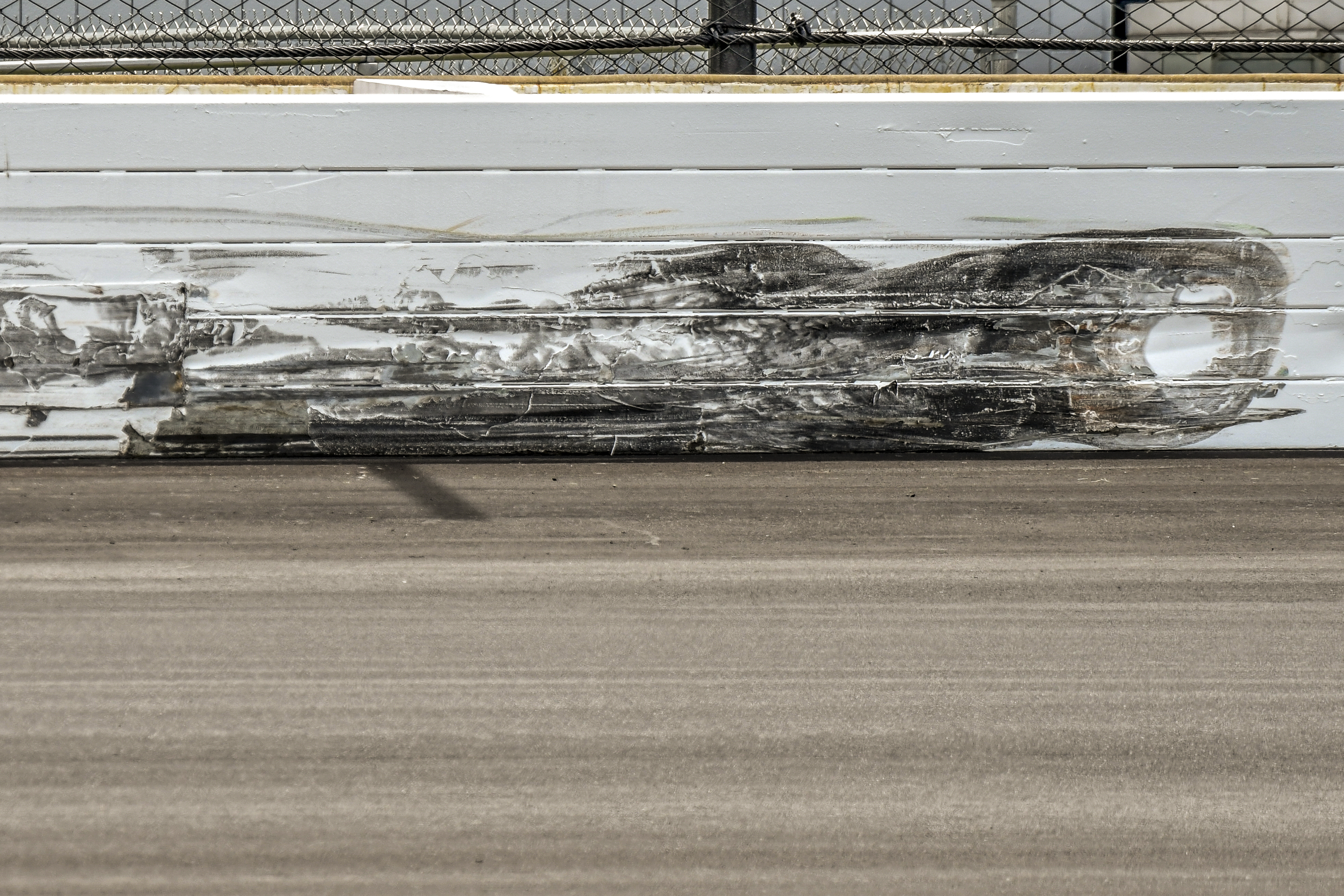
There’s another element to that, and it’s the first crash you have at Indy. The rookies are more than likely going to have a crash, a brush of the wall or at least a big moment that’s going to cause a raised heart-rate in the cockpit. How you prepare and deal with that is another big factor.
“As everybody knows, in oval racing they say there’s two types of drivers: ones who have hit the wall already and ones that are going to hit the wall,” Sato says.
“Whether you’re good or not, obviously IndyCar, it’s super competitive, but they will have a crash into the wall, it’s just unavoidable. You have to be ready for that one and just respect for the oval track and the other people.
“You just expect a little bit more the space from other people. I think eventually it makes it a more exciting race.”
In summary
After consulting the experts, here’s The Race’s top tips for preparing for a successful Indy 500. Follow these and you might be in with a chance of a good finish…
- The reduced event schedule should help you focus rather than spending time with fan, media sessions etc
- You can tie yourself in knots looking at data, so videos can be a good way to get a feel for the race and do the data work during/after practice
- Find a good mentor for advice, like Juan Pablo Montoya!
- Maximise practice, have a good base set-up for qualifying runs but also for running in traffic during the race
- Learn from previous oval mistakes
- Keep an open mind – as much as your driving style is important, more experienced drivers can help shortcut the path to success – if you listen
- Be a blank sheet of paper, soak everything in
- Be considerate to other drivers to both avoid big accidents but also earn respect; that space you leave might be giving back to you when making a key move later in the race
- Consider that you might crash and try to prepare mentally for how you rebound from that


